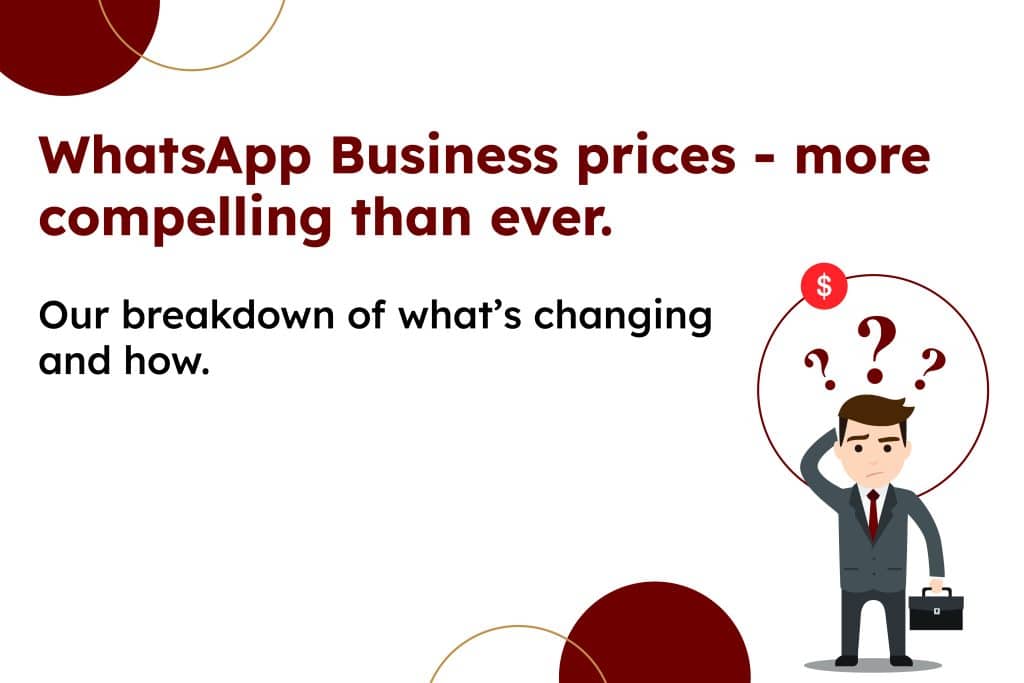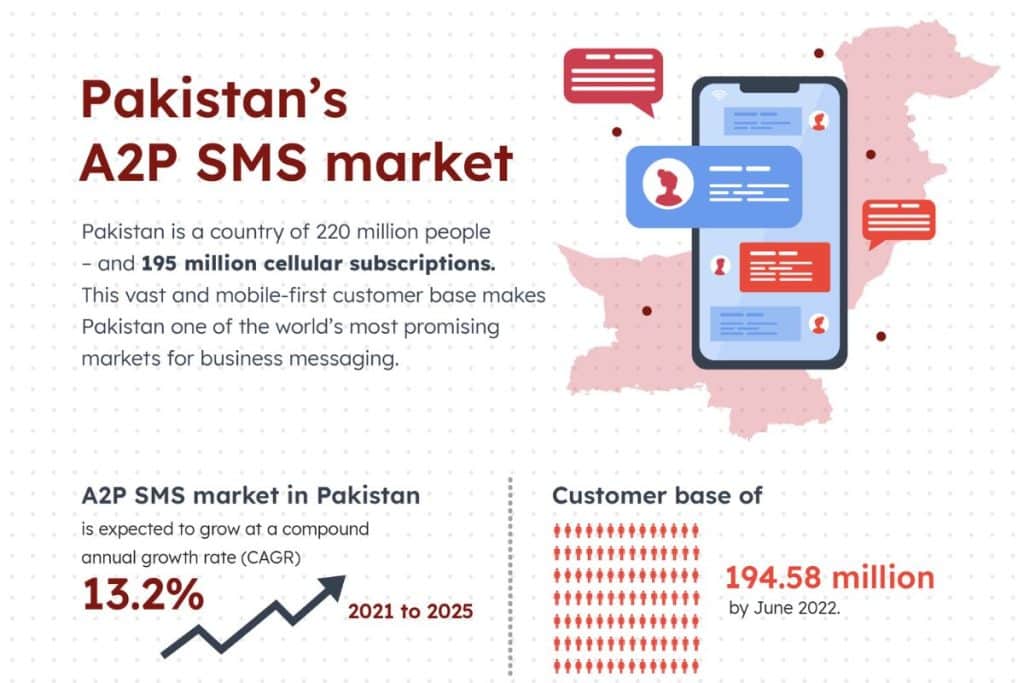20 years ago, LinkedIn was born. It offered an exciting new way for business people to talk to each other. But it wasn’t the only new business channel bursting into life at the turn of the millennium. This second innovation now generates more than $48 billion a year.
And the channel is… A2P mobile messaging.
A2P (application to person) is more commonly known as business messaging. Simply, it’s the channel that enables companies to send texts (and, more recently, OTT chat messages) to their customers.
A2P is now one of the telco industry’s most successful innovations. Finance kickstarted the boom, with banks sending millions of authentication passcodes to their account holders. But today, use cases are everywhere – across social media, transport, retail, delivery and more. The A2P sector has even produced its own unicorns, with companies such as Twilio and Sinch each going from start-up to IPO in barely a decade.
Analysts say 2.8 trillion A2P messages were sent in 2022, and this will rise to 8.7 trillion in 2030.
So what’s powering the growth? Well, one factor is communications platform as a service. CPaaS turns communication into software APIs, which means that brands can easily plug text, voice, video and even AI into their campaigns. This way, messaging becomes just one part of a rich omnichannel conversation.
But there are still challenges to overcome. In the consumer arena, fraudsters trick users into revealing sensitive data (smishing), while in the trade space, dishonest aggregators falsify their data (fake traffic generation). In some regions, soaring message prices threaten the health of the market.
Still, the underlying demand for A2P is strong. And with new 5G networks blurring the boundary between connectivity and digital services, there’s every reason to be excited about the future.
In celebration of LinkedIn’s 20th anniversary, we thought we’d share how business messaging has transformed in the past two decades. Here are 20 key innovations, improvements and challenges…
- Mobile content pioneers used the ‘reverse billed’ text message as a billing method to charge for ringtones etc.
- Smartphone ownership made it possible for business messaging to move to ‘OTT’ channels such as WhatsApp.
- Criminals used banks of consumer SIMs to send ‘free’ A2P messages – SIM box fraud.
- Due to the introduction of signalling and SMS firewalls, a significant change in SS7 coverage impacted not only the A2P SMS industry but also the coverage of HLR products (number validation and MNP resolution).
- A2P messaging powered the e-commerce and m-commerce boom throughout pandemic lockdowns.
- Fraudsters began to use SMS as a channel for phishing. This became known as smishing.
- Banks and social media firms pioneered the use of A2P passcodes for multi-factor authentication (MFA).
- Flash calling emerged as a form of A2P authentication using the voice, rather than text, channel.
- Google acquired the tech platform that powers the RCS messaging channel.
- RCS emerged as the next-gen messaging protocol for the world’s MNOs.
- Brands began using message-based chatbots for customer care.
- Aggregators turned communications into software APIs – leading to the CPaaS era.
- CPaaS enabled brands to combine text with other communication channels, such as voice and video.
- Significant investment from some of the world’s biggest banks led to market consolidation.
- The growth of A2P led to the proliferation of acquisitions and mergers.
- Rich messaging platforms began to incorporate payment channels – leading to the possibility of conversational commerce.
- A2P created its own unicorns, such as Twilio and Sinch.
- Aggregators started to send messages for cheaper rates via ‘unauthorised’ international carriers. These are called grey routes.
- IoT companies started using text as a channel for machine-to-machine communication.
- CPaaS valuations fell in line with the global economic recession, but this hasn’t slowed A2P growth!




